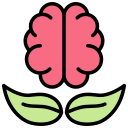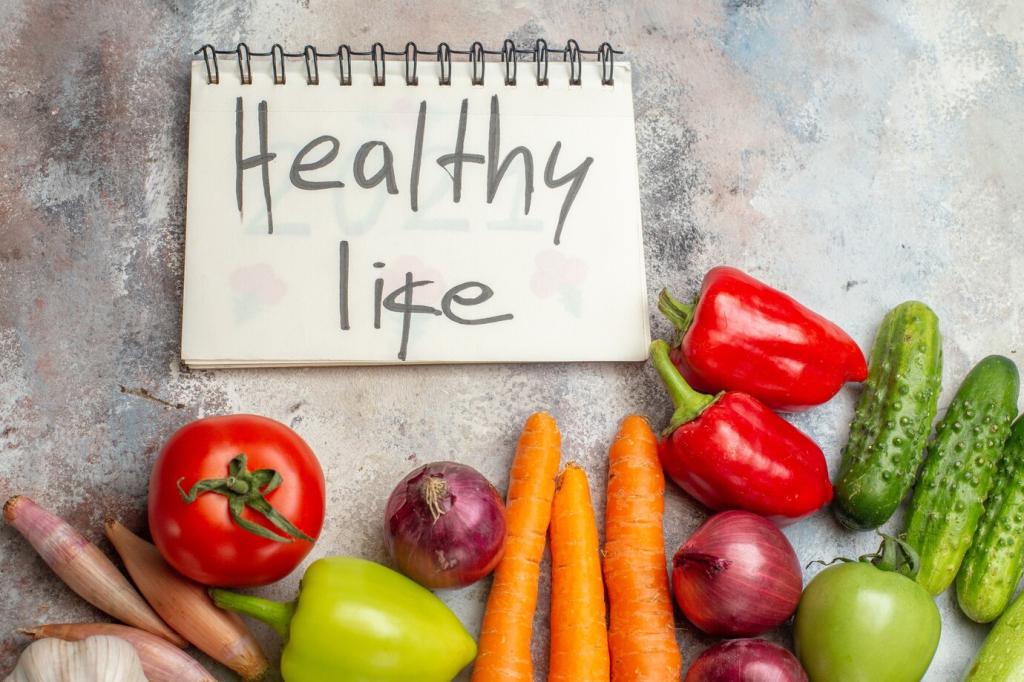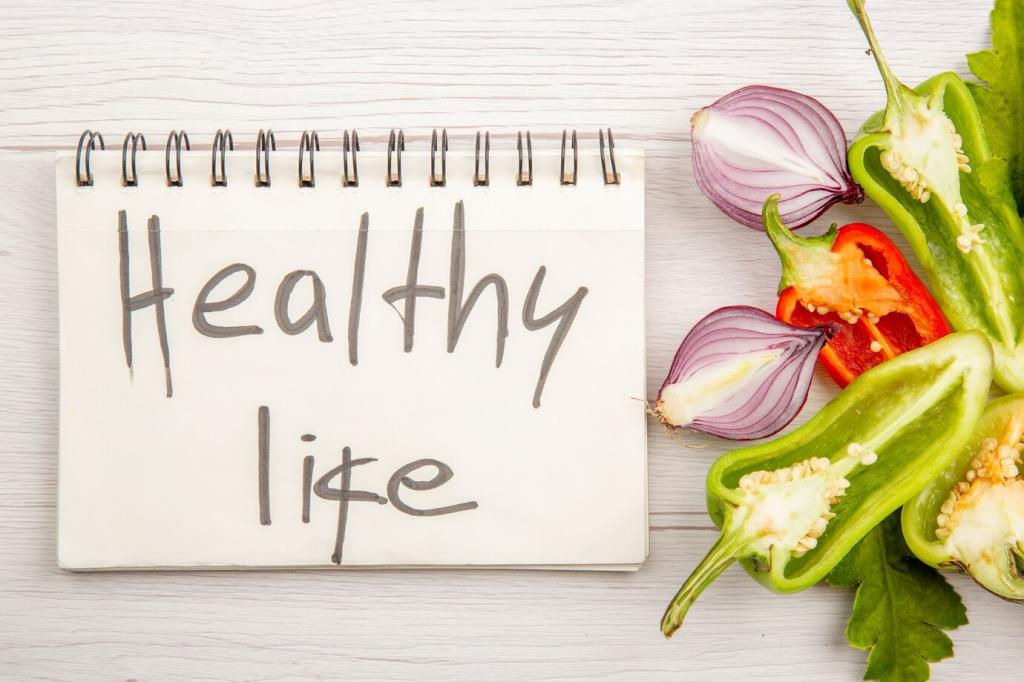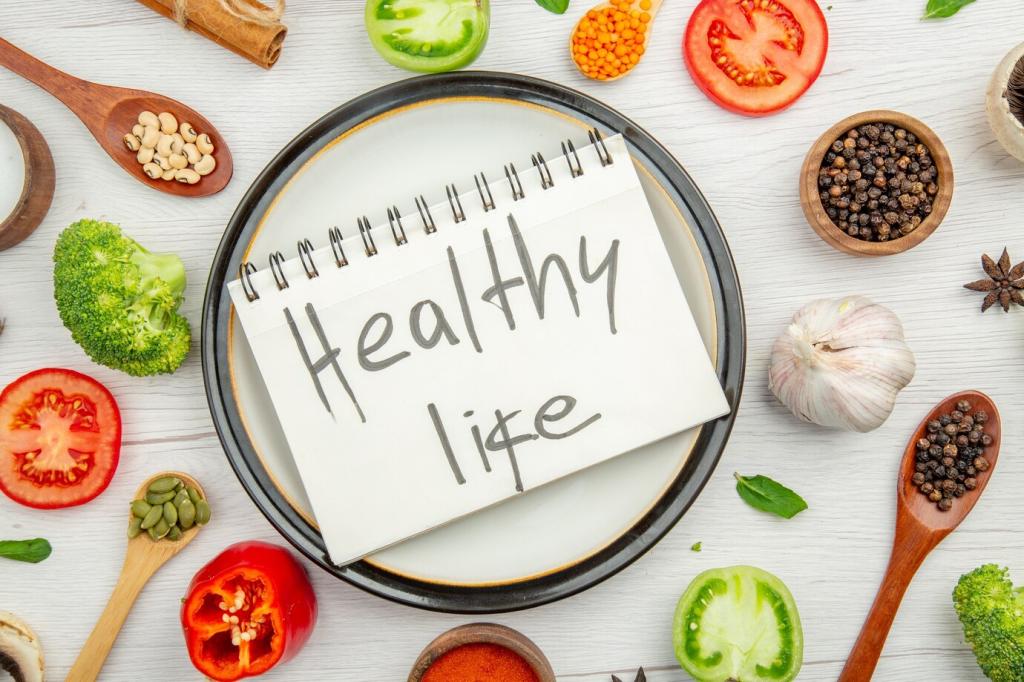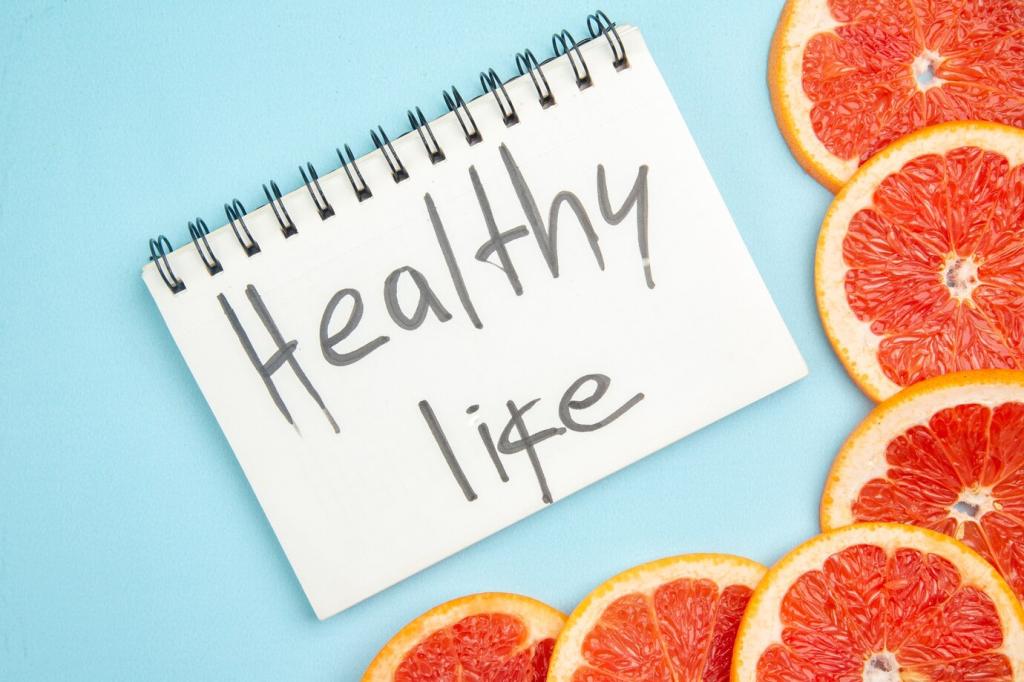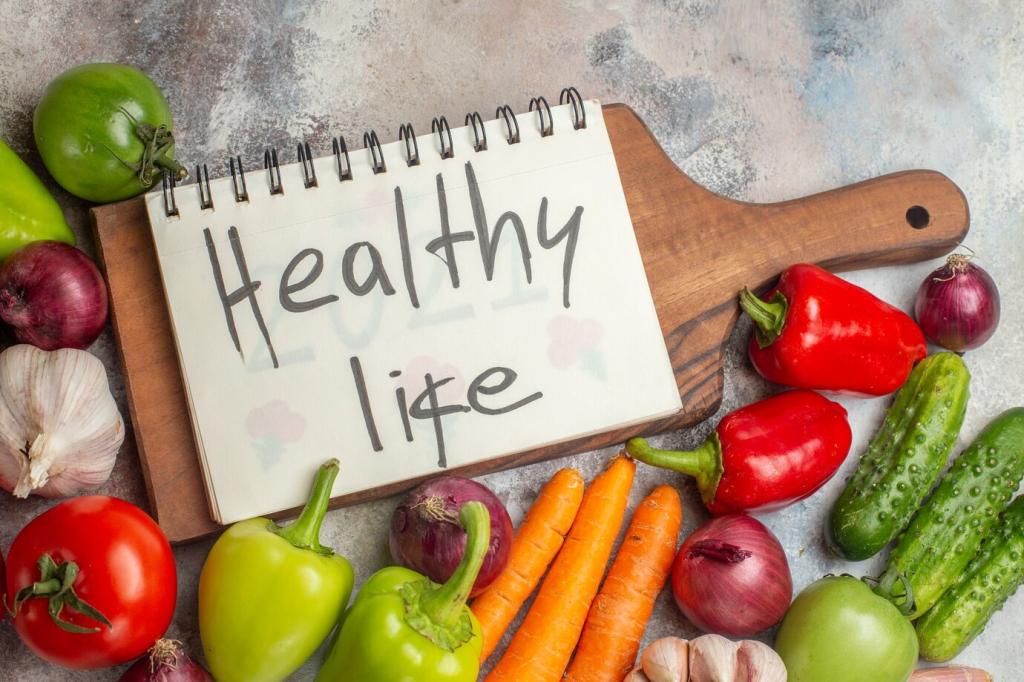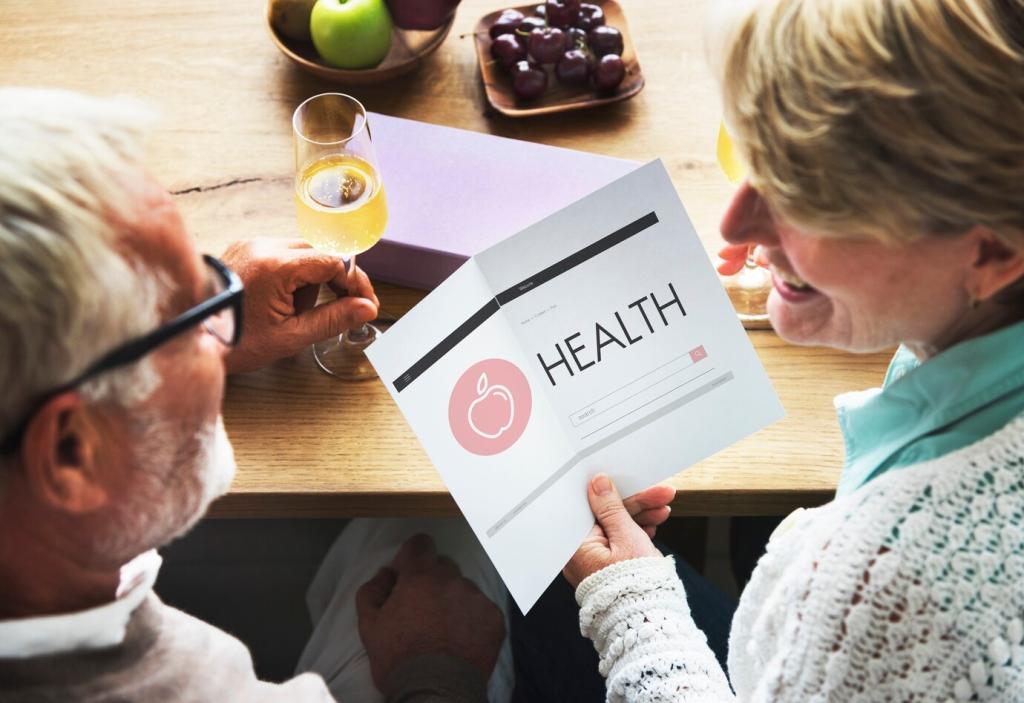Getting Started: A 7-Day Gentle Plan
For two minutes on waking and before sleep, feel three natural breaths. No fixing, just noticing. Mark a calendar with a small dot as a kindness badge. Reply with how it felt, even if the practice simply reminded you to rest your shoulders.
Getting Started: A 7-Day Gentle Plan
Do a five-minute body scan, then name three emotions sometime during the day. Ask kindly, “What needs care right now?” Spend one minute with a lengthened exhale. Celebrate any effort, not outcomes. Share one obstacle you faced so we can troubleshoot together.
